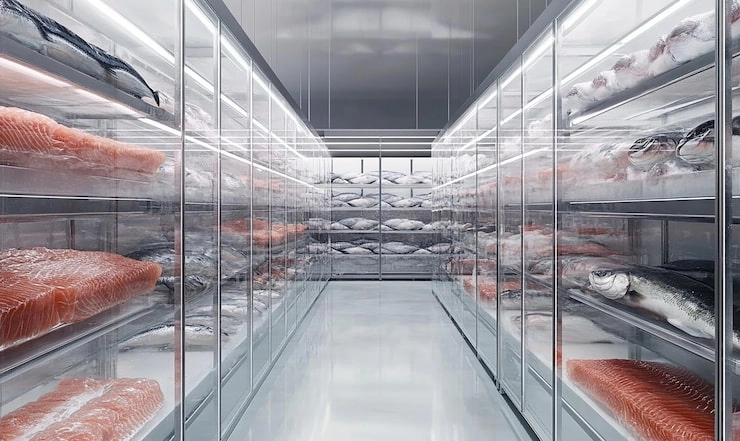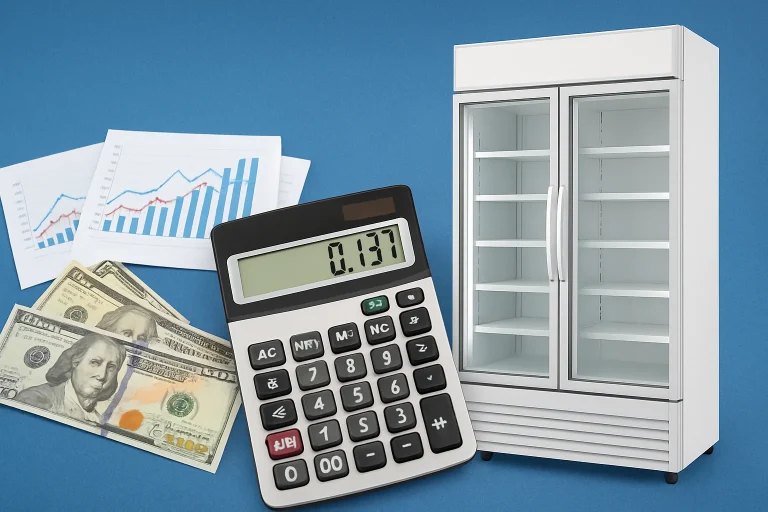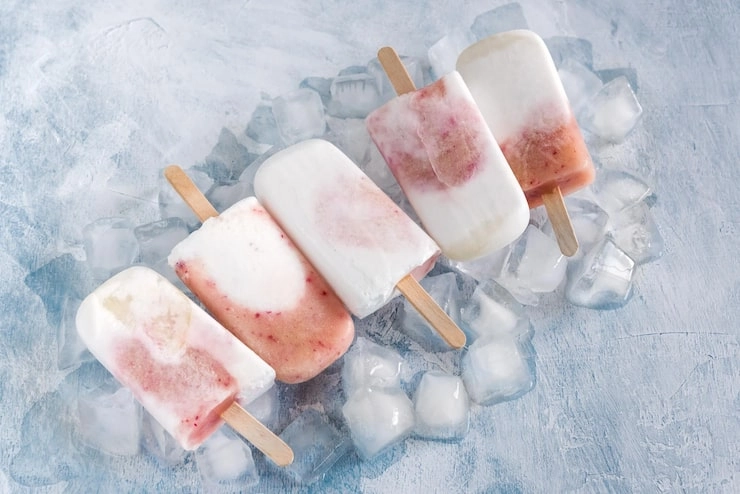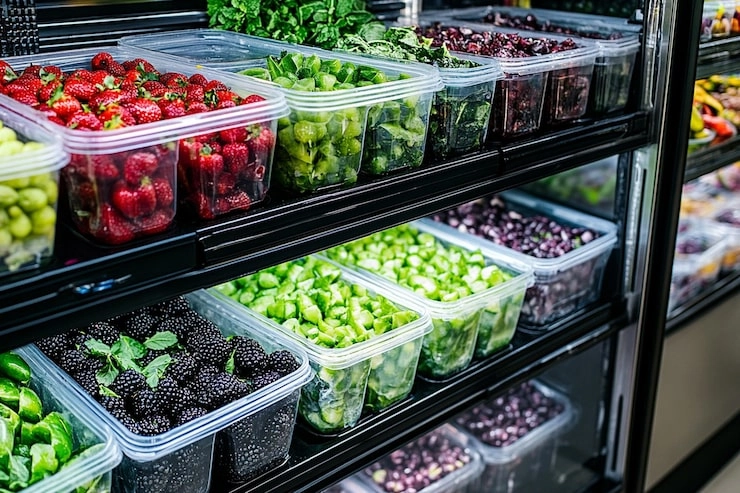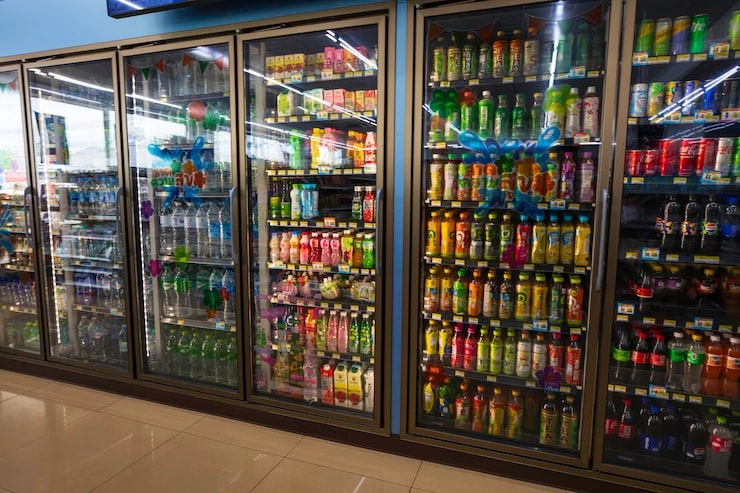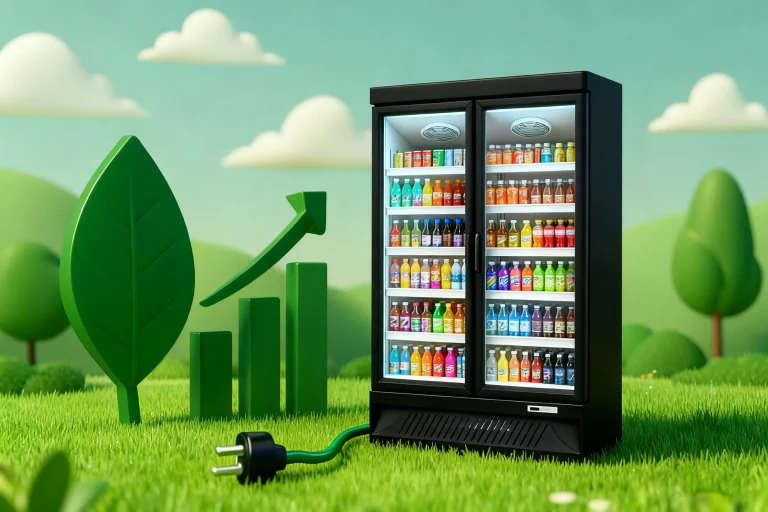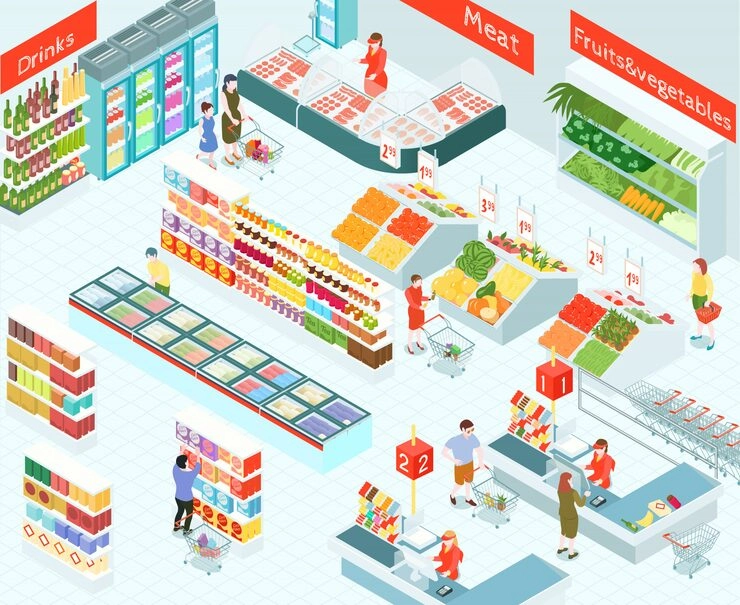Picking the right walk-in cooler or freezer matters a lot for any business in foodservice, retail, pharmaceuticals, or manufacturing. These commercial refrigeration units keep product quality fresh. They also affect how smoothly your operations run. Plus, they impact energy costs over time.
When you select a walk-in refrigeration unit, think about several key things. Temperature needs come first. Then, check the installation spot. Size plays a big role too. Don’t forget insulation materials. And always weigh the total cost of ownership. A smart choice here means you meet food safety rules. It boosts energy savings. What’s more, it lets your business grow without headaches.
Types of Walk-in Refrigeration Units
Get the basics down first. Know the different kinds of walk-in coolers and freezers. That’s your starting point before buying.
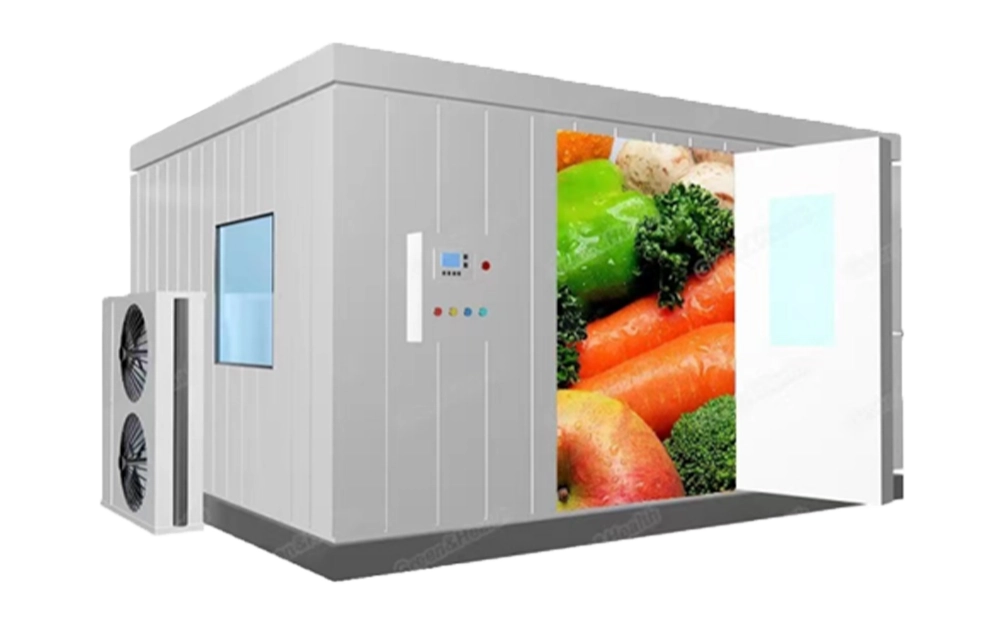
Walk-in coolers hold steady temps from 0°C to 5°C (32°F to 41°F). They’re great for fresh veggies, milk products, and drinks. Walk-in freezers drop much lower. They hit -18°C (0°F) or colder. So, they’re perfect for frozen meats, fish, and such.
Location matters next. Indoor units stay safe from rain and wind. But they need plenty of room inside. Good airflow is a must too. Outdoor units free up your indoor space. They cut down on clutter. Yet, they demand strong weather protection. That often bumps up setup costs.
Construction type seals the deal. Modular setups give you options. They use pre-made panels you snap together on site. Later, you can tweak them if needed. Built-in types fit right into your building. They’re custom jobs. Ideal for spots that demand exact sizes. Or when you want them to blend with the architecture seamlessly.
Sizing and Capacity Requirements
Size isn’t just about fitting the spot. It’s bigger than that.
Figure out the right capacity this way. Look at your daily stock flow. What products do you handle—big loads or neat packages? Leave room for aisles so staff can move easy. Plan shelving too. Too big a unit? You waste power. Too small? Goods spoil fast. And work grinds to a halt.
Plan ahead. Think about business growth. Or busy seasons, like holidays for eateries. Build in extra space now. That way, you skip pricey fixes down the road.
Insulation and Energy Efficiency
Insulation keeps things cool steady. It cuts down on power use too.
Pick from common fillers like polyurethane foam (PUF) or extruded polystyrene (XPS). PUF wins on heat block per inch. It has a higher R-value. So, walls stay thin. You get more room inside. No drop in protection.
Check for solid brands. They carry marks like CE, ETL, ISO, GEMS, and ROHS. These prove they meet world standards for energy and safety. Thus, your bills shrink over years. The compressor is key here. Go for a top-tier brand inverter compressor. It’s a smart buy. It ramps up savings. You could slash electricity by up to 50% in just one year.
Refrigeration Systems and Cooling Mechanisms
Decide on remote or self-contained condensing unit. It hinges on your space, cash, and how much noise you can stand.
Remote systems tuck the compressor and condenser away. Often outside or on the roof. This keeps heat and racket out of your work area. But setup gets tricky. More pipes and wires to run.
Self-contained ones pack everything right into the cooler. They’re simpler to install. Cheaper too, usually. The downside? Heat and buzz stay inside.
Smart controls make a difference. Hunt for digital thermostats with bright LED screens. Add monitoring that pings you on temp swings. That’s vital for rules and checks.
Flooring, Doors, and Shelving Options
Floors take a beating. They handle heavy weights and constant steps. Yet, they must clean up quick. Go with aluminum tread plates. Or beefed-up stainless steel. Both shine in busy spots.
Doors fit your flow. Manual swing types save money. Sliding ones squeeze into narrow halls. Automatic doors boost clean habits. They speed things up in rush hours.
Shelves need flex. Adjustable ones handle all sorts of goods. Wire racks let air zip around items. That’s smart for even cooling. Solid shelves hold heavy stuff firm. They catch tiny bits from slipping off.
Installation Requirements and Site Preparation
Prep the site right. That makes install day smooth.
First off, check access. Can trucks roll in easy? Does gear fit through doors?
Next, match electrical power to the unit’s needs. No surprises there.
Ventilation counts big. Especially for air-cooled parts. Keep paths clear.
Drainage? If defrost makes water, set up spots for it.
Last, scan local rules. Fire codes. Health checks for cold rooms. Cover them all.
Maintenance, Durability, and Warranty Coverage
Keep up with care. It stops big breaks. Saves your stock too.
Do this monthly: Wipe condenser coils clean. Test door seals for gaps. Tune thermostats right. Make sure defrost works smooth.
Materials build toughness. Stainless steel fights rust best. Better than galvanized in damp spots. Pick a maker with clear warranties. At least a year. And real help on the line when issues hit.
Budgeting and Total Cost of Ownership
Upfront price shifts with size. Cooling type. Wall thickness. Add-ons too.
But running costs add up fast. Power eats most of that. A cheap, weak unit? It costs more long-term.
True payoff comes from steady temps. Less waste. Happier customers with fresh picks. So, eye the full ownership cost. Not just the sticker shock.
Why Choose Create Refrigeration as Your Equipment Supplier?
For 16 years, SHANDONG CREATE REFRIGERATION CO., LTD., in Xingfu Industrial Park, has risen fast. Now, it’s a top one-stop shop in China for commercial refrigeration. We craft global cold chain fixes. They deliver solid work, trust, and good value.
We get it. Your win ties to the gear you have. Our design crew hands out free CAD sketches. They whip up 3D views too. See your setup clear. Every bit fits your plan.
Huge stock. Warehouses in North & South America. Southeast Asia too. Quick ships. Fast fixes worldwide. Our team speaks your tongue. Ready to build your ideal cold spot.
Hit us up now. Through the site. Or snag a quote from sales. Let’s roll!
FAQs
Q1: What’s the difference between a walk-in cooler and a walk-in freezer?
A: A walk-in cooler runs at 32°F to 41°F (0°C to 5°C). It suits fresh stuff like veggies, dairy, and sodas. A walk-in freezer dips below 0°F (-18°C). That’s key for frozen bites like meats, fish, and ice cream.
Q2: Can I customize my walk-in unit’s size based on my store layout?
A: Sure. Top units let you tweak sizes. A solid supplier like Create Refrigeration throws in free designs. Think CAD and 3D pics. They match your store’s shape. And your daily grind.
Q3: How energy-efficient are Create Refrigeration’s products?
A: We build them lean. Top inverter compressors cut power use. Up to 50% off bills. Plus, green R290 refrigerant. It keeps things earth-friendly. And runs smooth.

